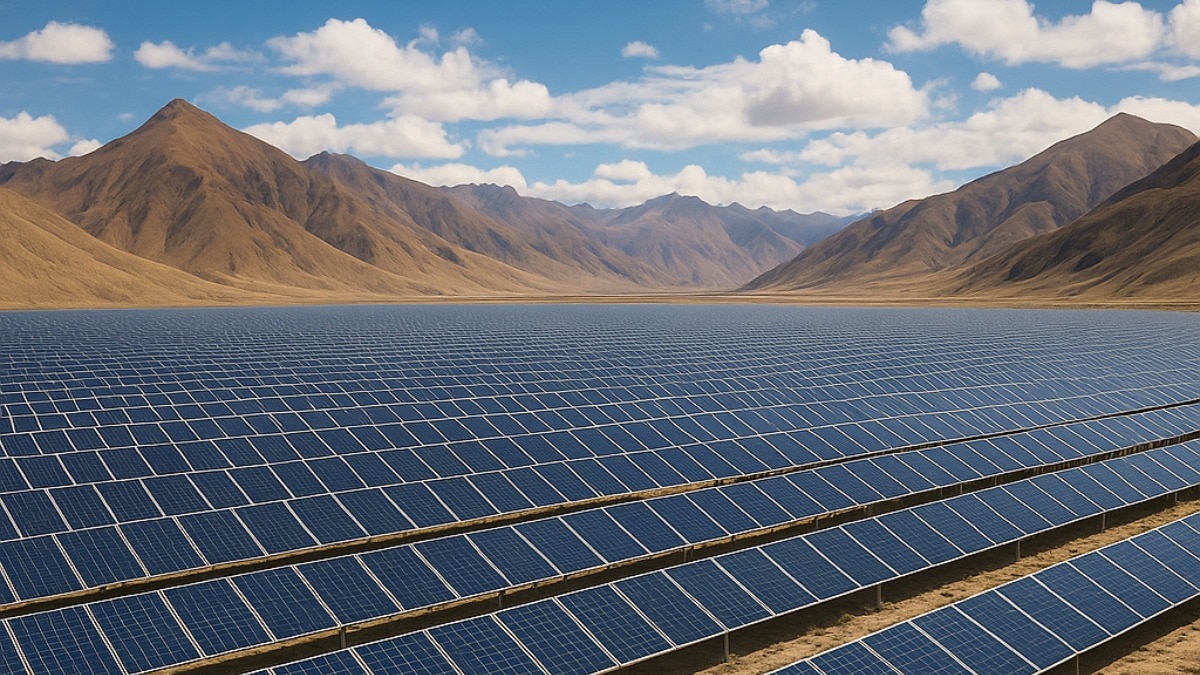China’s ambitious plan to build the world’s largest solar farm—spanning nearly 610 sq km across the Tibetan Plateau—has been celebrated globally as a monumental step in the fight against climate change. Beijing has projected it as proof of its leadership in renewable energy, positioning itself as the world’s green powerhouse.
Yet, when viewed through the Indian lens, this colossal project on what is known as the ‘roof of the world’ reveals a more complex and unsettling picture, intertwining environmental disruption, strategic overreach and geopolitical implications.
advertisement
The Tibetan Plateau is one of Earth’s most-ecologically-sensitive regions. It acts as Asia’s climate regulator and the source of major river systems, including the Indus, Ganga and Brahmaputra, which sustain millions of lives in India. The large-scale replacement of reflective desert terrain with dark solar panels threatens to upset this fragile equilibrium.
Studies suggest such solar installations can cause local warming spikes of 1-2
Continue Reading on India Today
This preview shows approximately 15% of the article. Read the full story on the publisher's website to support quality journalism.
